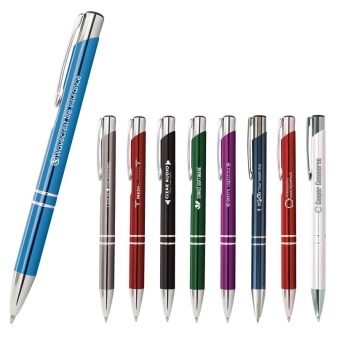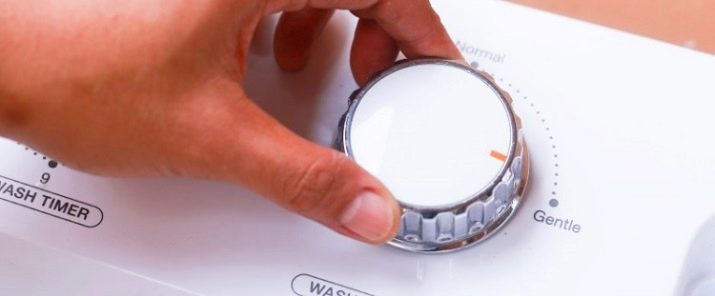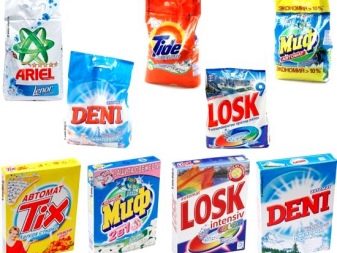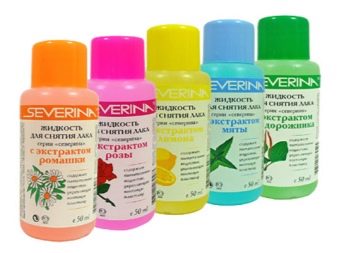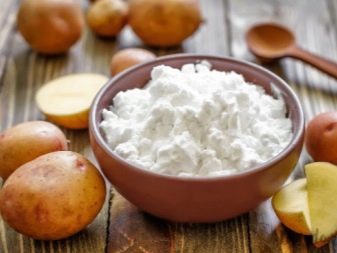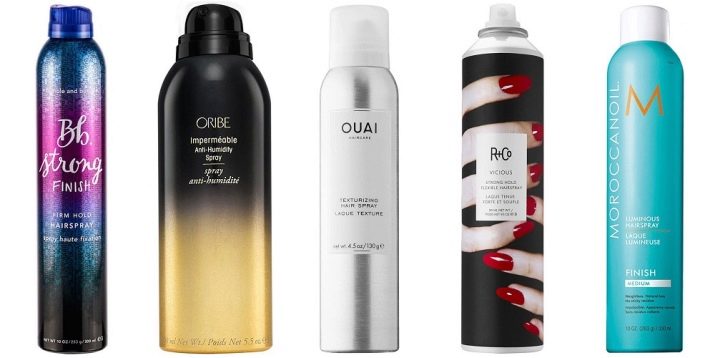How to wash pen marks from white clothes?

Ink spots and stripes on white or light-colored clothes are a nuisance that happens not only to schoolchildren or students. An office worker or an accountant can detect ink marks on his shirt. Often, ink from a writing pen can simply flow into a shirt pocket, leaving a large stain, naturally, which is not at all joyous. This article will look at various ways and folk remedies that will help you remove ball or gel paste from white clothes.
Features of ink pollution
It's a shame and unpleasant to put a stain on a white or light-colored shirt. Especially since it is on such a fabric that pen marks are especially noticeable. Gel inks are much easier to remove because they contain oily substances that do not penetrate deep into the fabric structure of the product. But with spots of ball ink will have to tinker. However, they are not a sentence for white clothes at all.
Ink penetrates most deeply into the fibers of natural linen and cotton fabrics. To wipe off the trace of the handle with such things, you have to work hard. It is much easier to remove ink stains if synthetic or mixed materials are present in the fabric.
It is also worth paying attention to the fact that not all tools help the first time. It all depends on the type of ink, the degree of contamination and the type of fabric. The following tools and methods are the most versatile and valid for natural and artificial products. However, it is often necessary to combine methods or repeat the same method for better removal of the spot.
Cleaning methods
Ball pen
Ball pens have served us as the subject of a letter for many years. They were the forerunners of gel rods, are in great demand and are an indispensable attribute of office desktops, student bags and student portfolios.
Modern pens, no doubt, significantly advanced in terms of ink quality. But no one is immune from accidentally drawing a line on the sleeve or from a drip rod in your pocket. Here is some recommendations and tips, using which you can remove traces of ink from various things from white and light-colored fabric, for example, from a blouse, robe, shirt, jacket or T-shirt:
- One of the assistants in dealing with ink marks is simple glycerol. On a blot or a strip from the pen you need to drop a solution of glycerin, so that it is well soaked tissue. Leave glycerin on the cloth and do not wash it off for an hour. After the indicated time has elapsed, the area of the product to which glycerin was applied should be thoroughly rinsed in salted warm water. If the visible trace from the pen still remains, the stain can be fixed with soap or powder.
- Mixture ammonia and hydrogen peroxide It helps to wash ink well. One teaspoon of salmon and peroxide mixed in an enamel bowl, pour one glass of warm water. The area of clothing, from which it is necessary to wash out the trace of the handle, should be immersed in this solution for at least two hours. After that, rinse under running warm water. In the same way, you can use a mixture of baking soda and peroxide, the ratio of components in the solution remains the same.
- If you plan to wash the product, on which, among other things, there are traces of ink, you should lock these areas before the machine or hand wash. Dishwashing liquid well remove various contaminants from the fabric, while they are delicate and do not damage the fibers, like bleach or aggressive chlorine-containing agents. The stain from the handle should be well rubbed with dishwashing detergent and left for about an hour before washing. Do not rinse off the product as usual.
- Well dissolve various spots, including traces of ink, acid solutions. At home, you can use table vinegar, squeezed lemon juice or a weak solution of citric acid as acids. These tools are particularly effective in the first minutes after contamination. The sooner you apply the solution to the fabric, the better it will be able to help in the fight against the stain.
- Fresh ink can be sprinkled with normal salt. This method, as well as the previous one, is most effective only in the first minutes after ink enters the fabric. Sprinkle salt over the area with the handle trace, then, without using water, remove the salt with a brush or dry sponge. Typically, this method helps to at least significantly reduce the stain, as the salt absorbs liquid ink.
It should be remembered that hot water only exacerbates the problem of ink stains. Due to the expansion of the fibers of the material, ball ink will only penetrate deeper into the fabric. Treatment and washing of clothes stained with ink should be carried out with warm or slightly cool water.
After applying each method of removing stains, it is desirable to additionally stitch the product with soap or laundry detergent. This will help to fix the result and it is better to wash the ink from the deep layers of fabric.
Gel stains
As mentioned above, gel traces are removed somewhat easier. The sooner measures are taken to get rid of the stain, the more effectively the product can be cleaned. To wash blue, black or color gel paste from white fabric The following methods will help you:
- Nail polish remover or simple acetone copes well with such contaminants and does not spoil the light fabric. A cotton pad, a piece of bandage or a sponge should be plentifully moistened in acetone. Place a dry sponge under the pen stain. Press the sponge dipped in acetone tightly to the ink spot, hold it for a while. Gel ink will dissolve with acetone and go to the sponge planted below.
- Regular vodka works in approximately the same way as nail polish remover. Ink dissolves pure ethyl alcohol even faster; however, not everyone can have it at hand. The process of cleaning clothes from gel ink with vodka is similar to the algorithm of action with acetone.
- Fresh traces of gel ink can be abundantly sprinkled with starch or talcum powder. The ink is absorbed into the powder.
- Not bad copes with traces of turpentine pens. It is suitable for gel and ball traces. Turpentine oil is applied to the stain with a sponge. Then the tissue should be wiped with a cotton swab dipped in hydrogen peroxide. After dissolving the ink trace, rinse the clothes under running water.
- Many housewives recommend using hairspray varnish. You need to expand the product on the surface upward and sprinkle on the trail of ink from a canister with varnish. Under the product you first need to put a napkin or cotton pad. The lacquer will gradually dissolve the stain and the ink will be absorbed into the substrate.
- One of the effective tools that does well with both gel and ball inks is yogurt or kefir. You should put sour milk or kefir in a small enamel pan and heat it up a little. In a dish with kefir to place a polluted area of clothing.
After a while, yogurt or kefir will stain in a faint shade of ink. This means that the stain has dissolved in the acidic medium of yogurt. To consolidate the results and better clean the fabric, you should replace the kefir or yoghurt and repeat the procedure.
If you do not have kefir or yogurt, you can pour ordinary milk into the dishes and add a few drops of lemon juice to it.
Stale pollution
Especially a lot of trouble brings old, unnoticed in time traces of gel or ballpoint pens. Most often this is true for children of school and preschool age. When drawing in kindergarten or playing at a break, a child may not notice how he struck himself with a pen over his shirt or t-shirt. Yes, and seeing the trail of ink, may simply not give it value. However, such oversights can happen with adults, for example, during hard work in the office.
Older ink contamination, unfortunately, is too absorbed into the fabric, and, therefore, worse rubbed off and removed from clothing. However, this is not a sentence for your things.
Most likely, you will have to turn to the help of chlorine-containing and bleaching agents for washing fabrics. Carefully read the label on the product that you want to wash. If the instructions do not prohibit bleaching, then you can safely resort to this method.
Also in the shops and departments of household chemicals you can find special stain-removing solutions for various types of fabrics, including delicate ones. Look at the label for the composition of your product and select a suitable stain remover for it. If the label has not been preserved, and you are in doubt about what material the clothes are made of, take a stain-removing compound for delicate fabrics or silk.
Virtually "household bleach" can be called solution from a mixture of ethyl alcohol and vinegar. These two components must be mixed in equal proportions. The solution is applied to the area with pollution, after which you need to wait 3-5 minutes. When you see that the ink on your clothes is fading and blurring, you can rinse the product under running tap water.
For information on how to remove ink from a ballpoint pen, see the following video.

